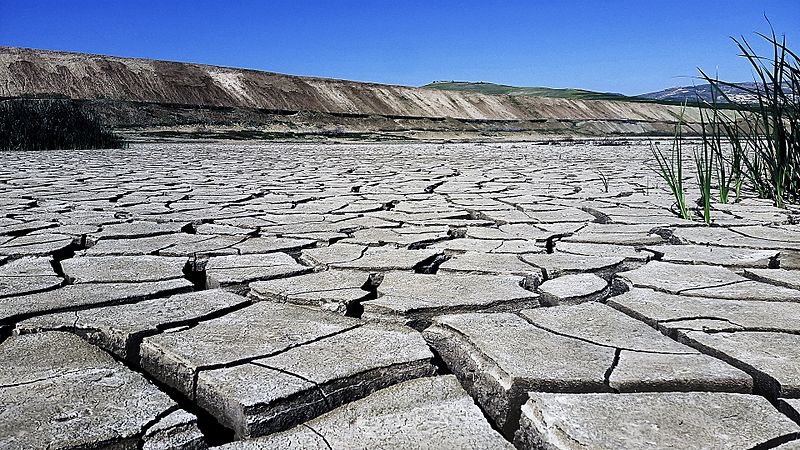The climate data for 2018 is now mostly in, though the ongoing shutdown of the US government has caused some datasets to be delayed.
In this article, Carbon Brief explains why last year proved to be so remarkable across the oceans, atmosphere, cryosphere and surface temperature of the planet.

A number of records for the Earth’s climate were set in 2018:
- It was the warmest year on record for ocean heat content, which increased markedly between 2017 and 2018.
- It was the fourth warmest year on record for surface temperature.
- It was the sixth warmest year in the lower troposphere – the lower part of the atmosphere.
- Greenhouse gas concentrations reached record levels for CO2, methane, and nitrous oxide.
- Sea ice was well below the long-term average at both poles for most of the year. The summer Arctic sea ice minimum was the sixth lowest since records began in the late 1970s.
Warmest year on record in the oceans
Last year was the warmest on record for the heat content of the world’s oceans. Ocean heat content (OHC) has increased by around 370 zettajoules – a billion trillion joules – since 1955. The heat increase in 2018 alone compared to 2017 – about 9 zettajoules – is around 18 times more than the total energy used by everyone on Earth in 2018.
Human-emitted greenhouse gases trap extra heat in the atmosphere. While some of this warms the Earth’s surface, the vast majority – around of 93% – goes into the oceans. About two thirds of this accumulates in the top 700 metres, but some also ends up in the deep oceans. Annual OHC estimates between 1955 and present for both the upper 700m and 700m-2000m depths of the ocean are shown in the figure below.
Read more: Carbon Brief


